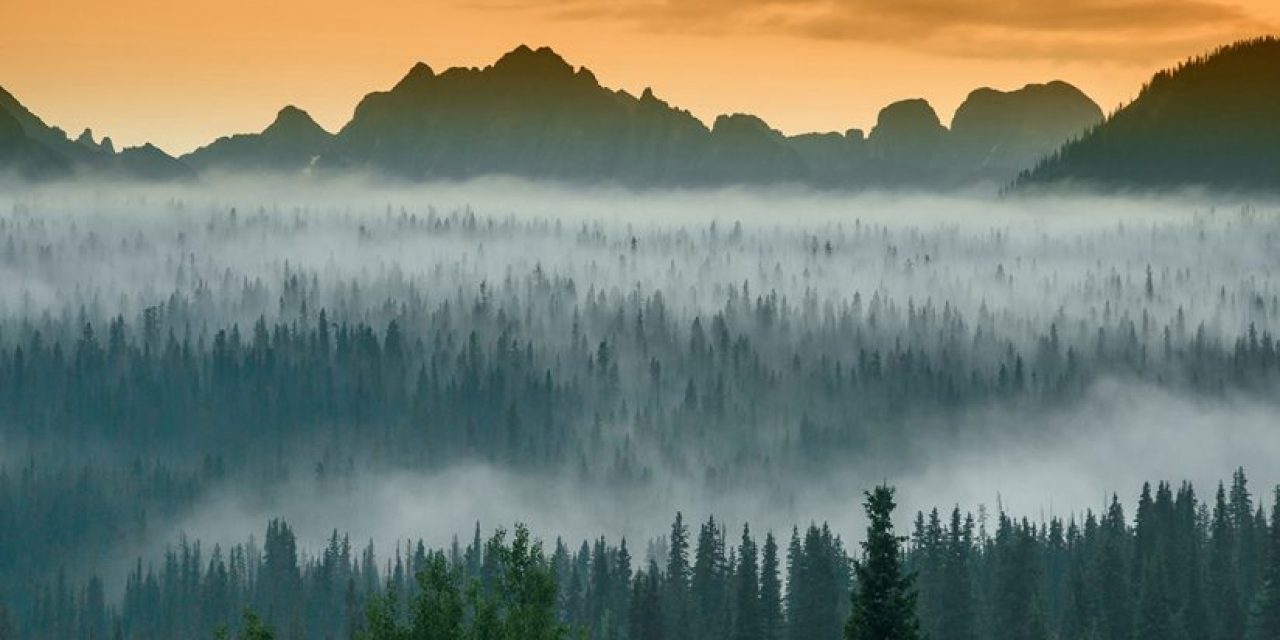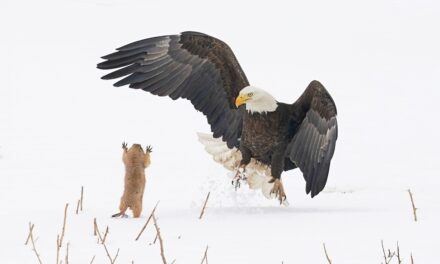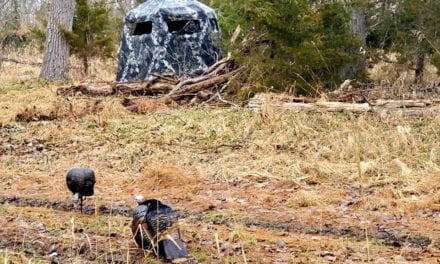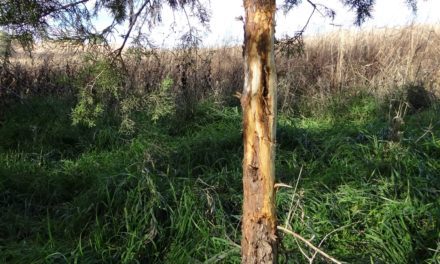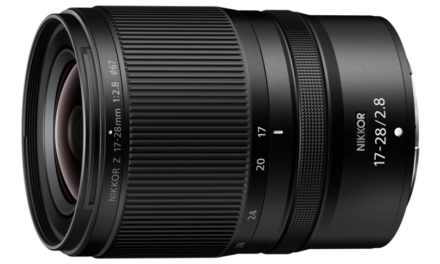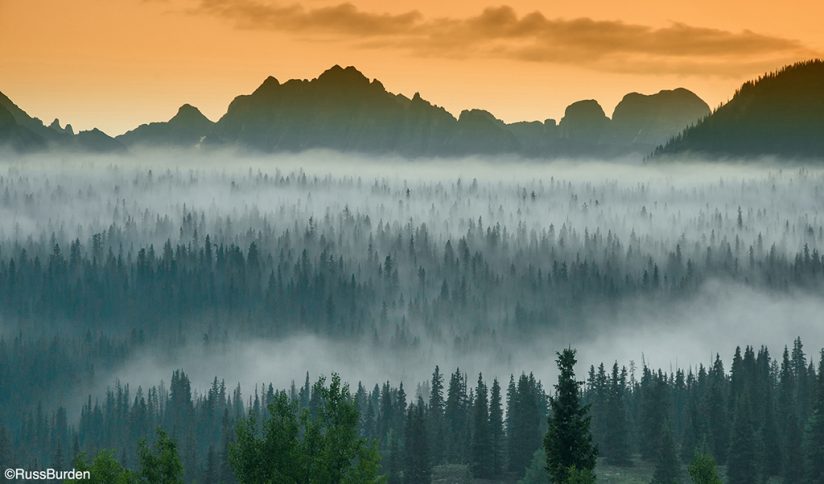
Last week, I covered some tips on capturing great images as the sun rises. This week, we’ll take a look at shooting during challenging midday light.
From dawn to dusk, the light constantly changes. During mid-morning to mid-afternoon, the changes are less obvious and happen more slowly. The most dramatic ones occur early and late in the day. These periods are referred to as sweet light hours in that most subjects look their best with the flattering light emitted at these times. The window of time with which they last is short. The half hour after sunrise and the half hour before sunset are the optimum periods, but that doesn’t mean you have to put your camera away during the late morning and afternoon hours.
Midday Blues
As the sun ascends in its trek to reach the western horizon, the photographic focus is shifted to small details or subjects that can be lit with auxiliary light. Work with reflectors, fill flash or in the shade. This allows the motivated photographer to still obtain decent shots of smaller subjects. Large-scale environmental images, in addition to large wildlife subjects, lack drama and impact in midday light.
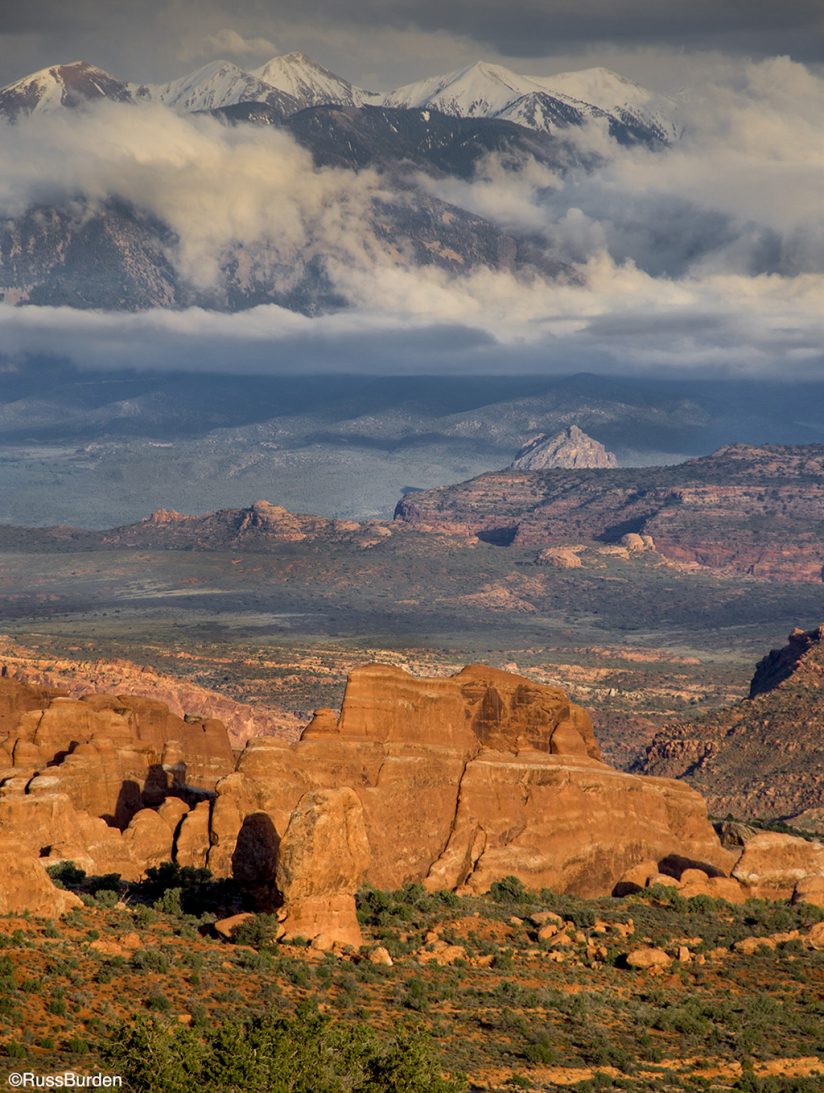
Mid-morning to mid-afternoon brings out the harshest light of the day. Shadows fall directly underneath everything, which results in subjects having contrasty light. Distracting shadows and bright highlights become prominent. The light of midday is white and cool. The clearer the sky, the more this holds true. But light can be modified if you focus on small subjects.
This is the time to work on macro subjects or those that reside in the shade. My favorite way to augment light is with flash. I get in close with a powerful flash so I can dial it up to override the sun. In other words, my flash becomes the main light. Contrasty shadows are erased because the flash lights up the dark shadow areas that create the contrast. Close-ups of flowers, insects, rock patterns and small animals that are approachable make wonderful subjects if you’re willing to learn how to use flash.
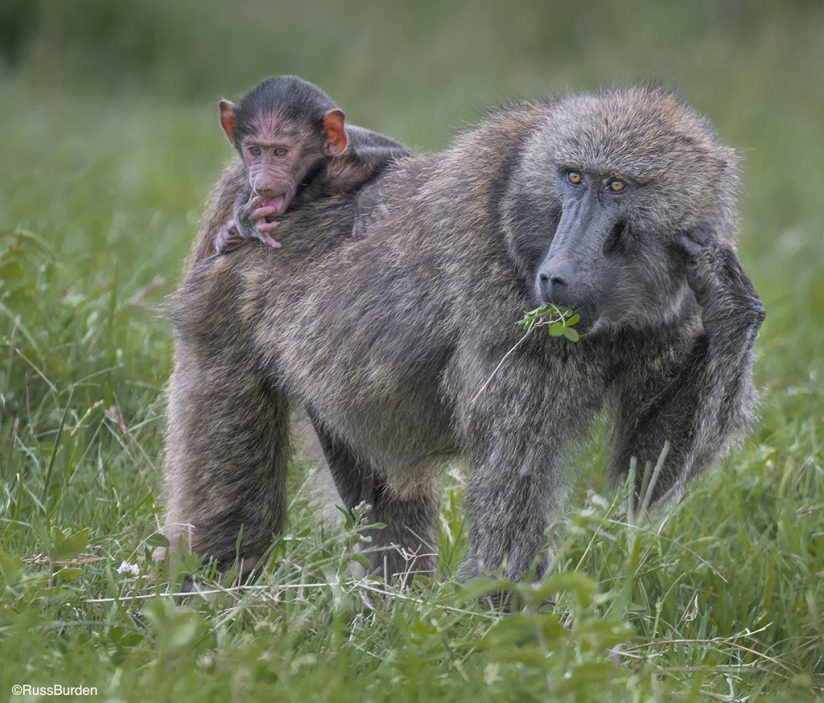
Another tool to use is a reflector, but it often requires an assistant to aim it just right. The idea is to reflect the sun into the shadow areas of the miniature scene to fill in the dark black holes of contrast. They come in white, silver and gold. Each one creates its unique look and color. Silver is the brightest followed by gold and then white. Obviously, the gold imparts a warmer tone to the light.
If reflectors aren’t your thing, it’s possible you may get excited about a diffuser. It’s placed in between the light from the sun and the subject. The result is much softer illumination, similar to a bright overcast day. Again, it’s best to work with an assistant.
If you’re a wildlife photographer, bright overcast conditions during the late morning and afternoon hours are welcomed. The light is softened, which allows images to be made the entire day. The same effect occurs if a cumulous cloud passes in front of the sun. Therefore, if the sky has many puffy white clouds and an animal decides to do something dramatic during the time a cloud softens the sun, it works.
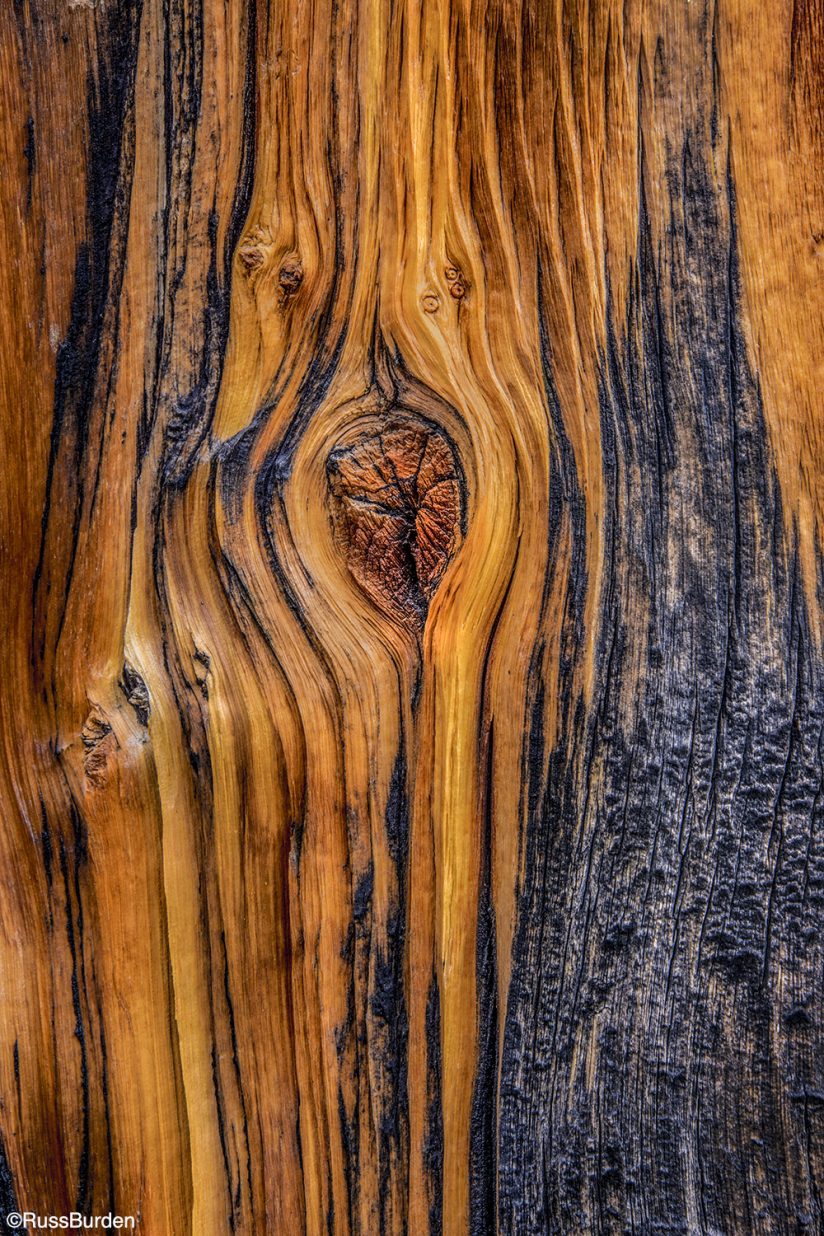
Just be cognizant of the light behind the subject as it can be very bright depending on the size of the cloud. If this is the case, compose the image by excluding the bright areas. Summer is the hardest season to deal with because the sun is directly overhead. Winter works better due to the fact that the sun tracks lower in the sky.
The grand landscape isn’t a good subject in midday light, but if you work the intimate details or use the tools I mentioned above to soften the contrast, it’s possible to walk away with some great images. One of my favorite subjects to photograph is bark patterns of trees that have character. I work the shadow side of the tree or use a diffuser and it’s as if I have an overcast day. Set the white balance to cloudy or shade to warm up the tones, and you’ll be surprised with how many winners you can take home.
Stay tuned for next week’s tip to learn about the virtues of sunset light.
Visit www.russburdenphotography.com for information about his nature photography tours and safari to Tanzania.
The post When It Dawned On Me, Part 2: Midday appeared first on Outdoor Photographer.

